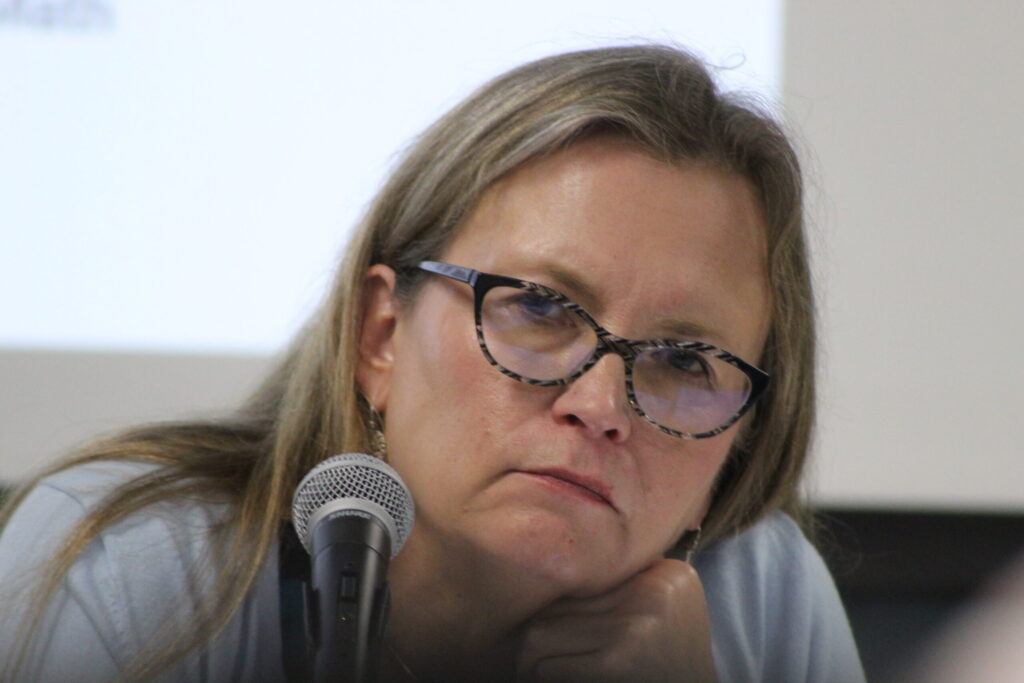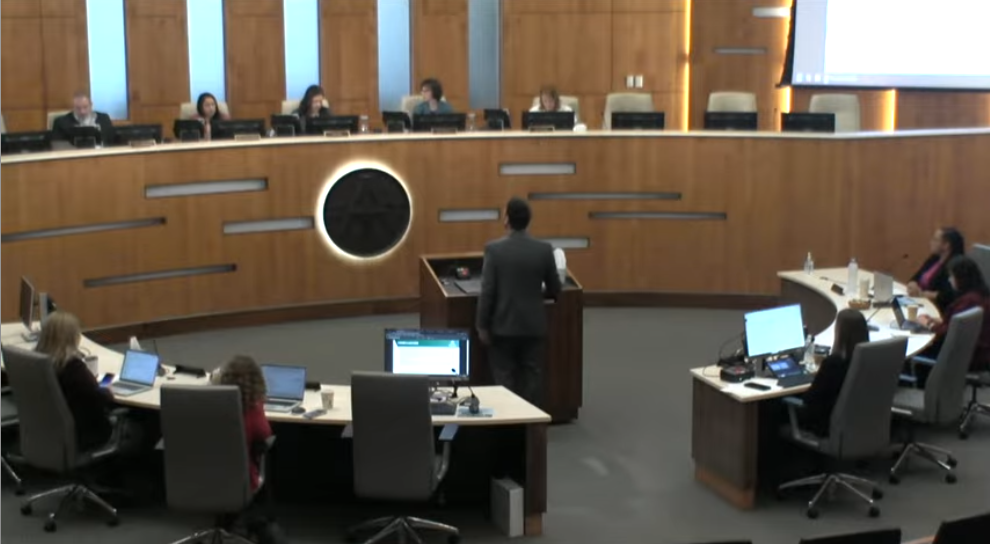Researchers in Colorado using cutting-edge tech to track the continent’s most endangered mammal
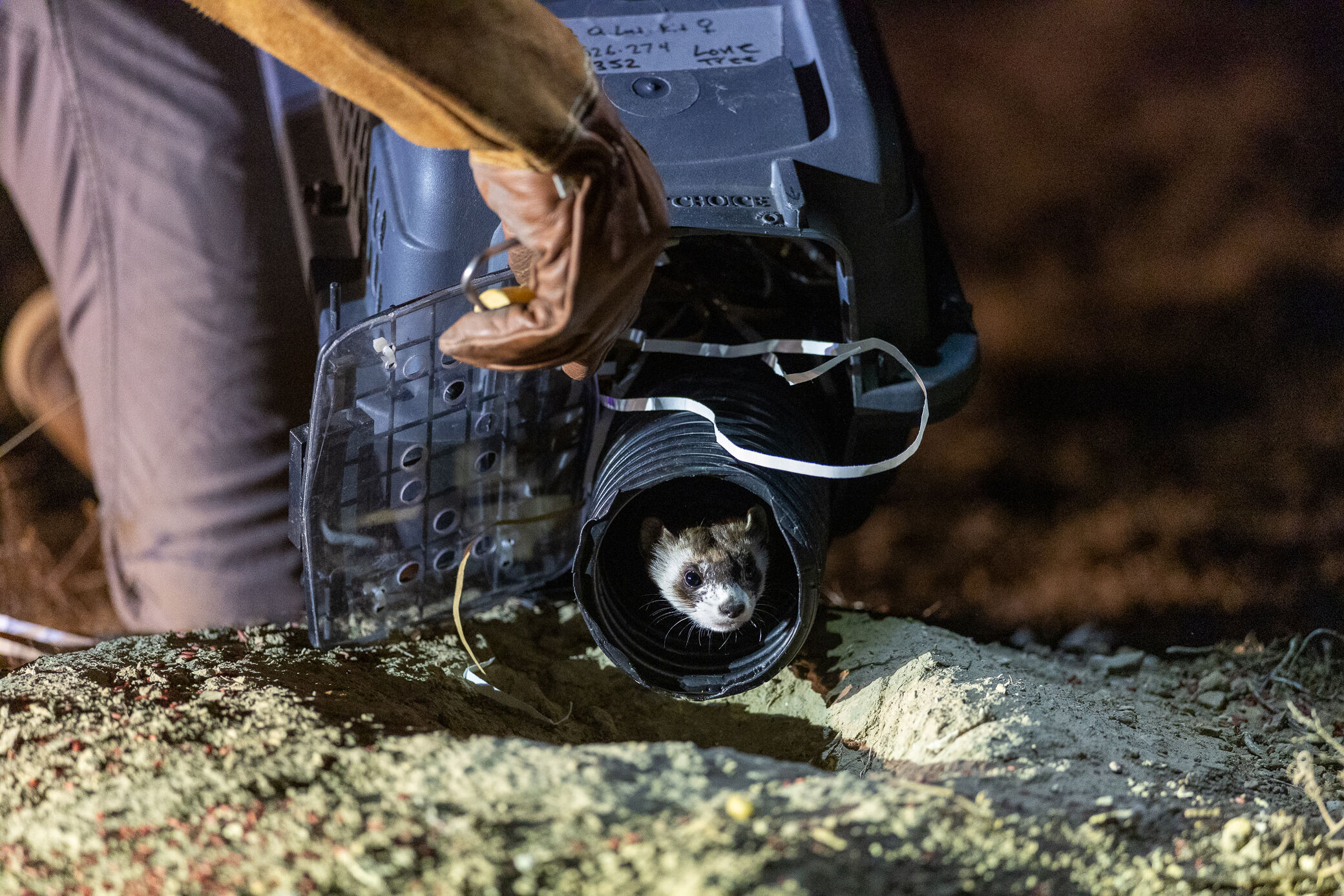
LAMAR — Hours after being released into a prairie dog town on the vast Southern Plains Land Trust, a game camera picked up on one of five captive born black-footed ferrets finding a burrow for the night. So far, so good.
Later, in the early hours of the morning on Wednesday, a badger came by to scent mark the burrow that held the ecosystem’s intrepid new addition. Badgers are a known predator of ferrets, and this one seemed to have bypassed the electrified fence the researchers had built around the town. A concerning development for the ferret.
“This badger is claiming his territory, but he’s got this new smell,” said Jonathan Reitz, a wildlife biologist with Colorado Parks and Wildlife.
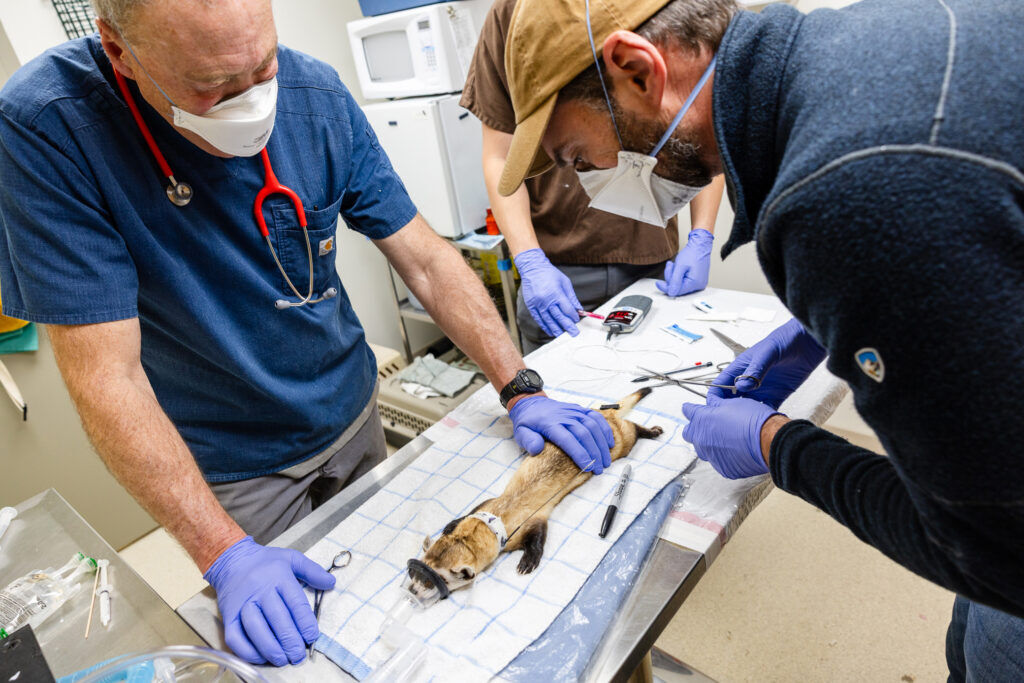
What the ferret does next will help science understand how the highly endangered animal adapts to living in the wild for the first time. Outfitted with a tiny collar to enable radio telemetry, the ferrets are subjects of an experiment to test the capacity of new technology in wildlife conservation.
The black-footed ferret has been the subject of preservation efforts since just eight breeding individuals were found in the 1980s. Previously, science thought the species was extinct, the victim of habitat destruction, disease and an eradication program in the early 20th century on the prairie dog, its source of prey and housing.
As far as genetic diversity goes, black-footed ferrets have done well in breeding and even cloning programs. Successfully reintroducing the animal to its historical habitat, on the other hand, has been tricky.
Released ferrets are a particularly brutal season of “Naked and Afraid:” thrown into a new environment with few of the necessary skills to survive, unknown danger lurks around every turn.
“It’s a big adjustment, especially dropping them into a totally natural prairie system, and they have to figure so many things out,” said Kieran Andreoni, conservation director for the Southern Plains Land Trust.
Ferrets need to quickly learn how to navigate the complicated network of prairie dog burrows to find prey and shelter, but they will only have encountered the plastic lab facsimile. A badger might see them as an opportunistic meal, as would the great horned owl or coyote, but the ferrets will only have learned how to hunt prey, not evade predators.
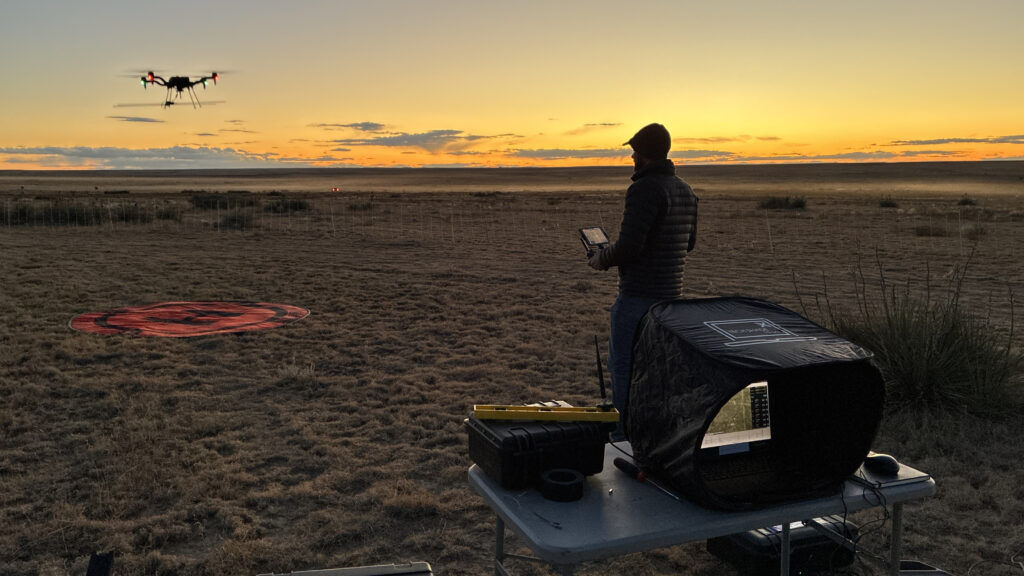
If the ferrets can figure out how to survive to produce the next generation, those individuals born in the wild do much better than their parents. Some sites in the West have seen successive generations born and raised since reintroduction.
The Southern Plains Land Trust has not been one of those success stories. Despite more than 100 ferrets released over thousands of acres of undisturbed prairie dog towns, a survey effort this fall yielded not a single sighting.
To understand the problem, researchers need to figure out what the ferrets are doing once they are released. They could be victims of too many predators on the landscape, they could be leaving the research sites and going elsewhere, or they could be doing something else entirely.
“The big question is: What is happening?” said Reitz. “We’ve kind of been releasing them into a black box, and we want to look into that black box and see what is transpiring here.”

This year, the study strategy is more high-tech than ever. The released ferrets are wearing little sensors that send signals for location and log the animal’s movements over time.
“If they stand up, we can see that in the data,” said Jesse Boulerice, a species reintroduction specialist with the Smithsonian’s Great Plains Science Program.
Boulerice was at the land trust this week to pilot a specially-outfitted drone that can help track the ferrets. Instead of walking among the prairie dog burrows with a handheld antenna to locate a tracking signal, the drone can pinpoint a ferret’s collar from the air.
The Smithsonian scientist hopes the drone will locate ferrets faster and more accurately. Because the tracking collars fall off the burrowing animal after a few days, the crunch is on to collect data before the ferrets slip away from observation.
If researchers can solve the problems facing the black-footed ferret, they’ll be one species closer to restoring the Southern Plains Land Trust prairie habitat. The trust hopes to bring back prairie species that were lost due to human activity in Colorado, including bison.
Tracking the ferrets might yield insights into the ecosystem as a whole by gathering indirect data on the animals’ predators and prey.
“We’re trying to look at this from every angle that we can,” said Reitz.









